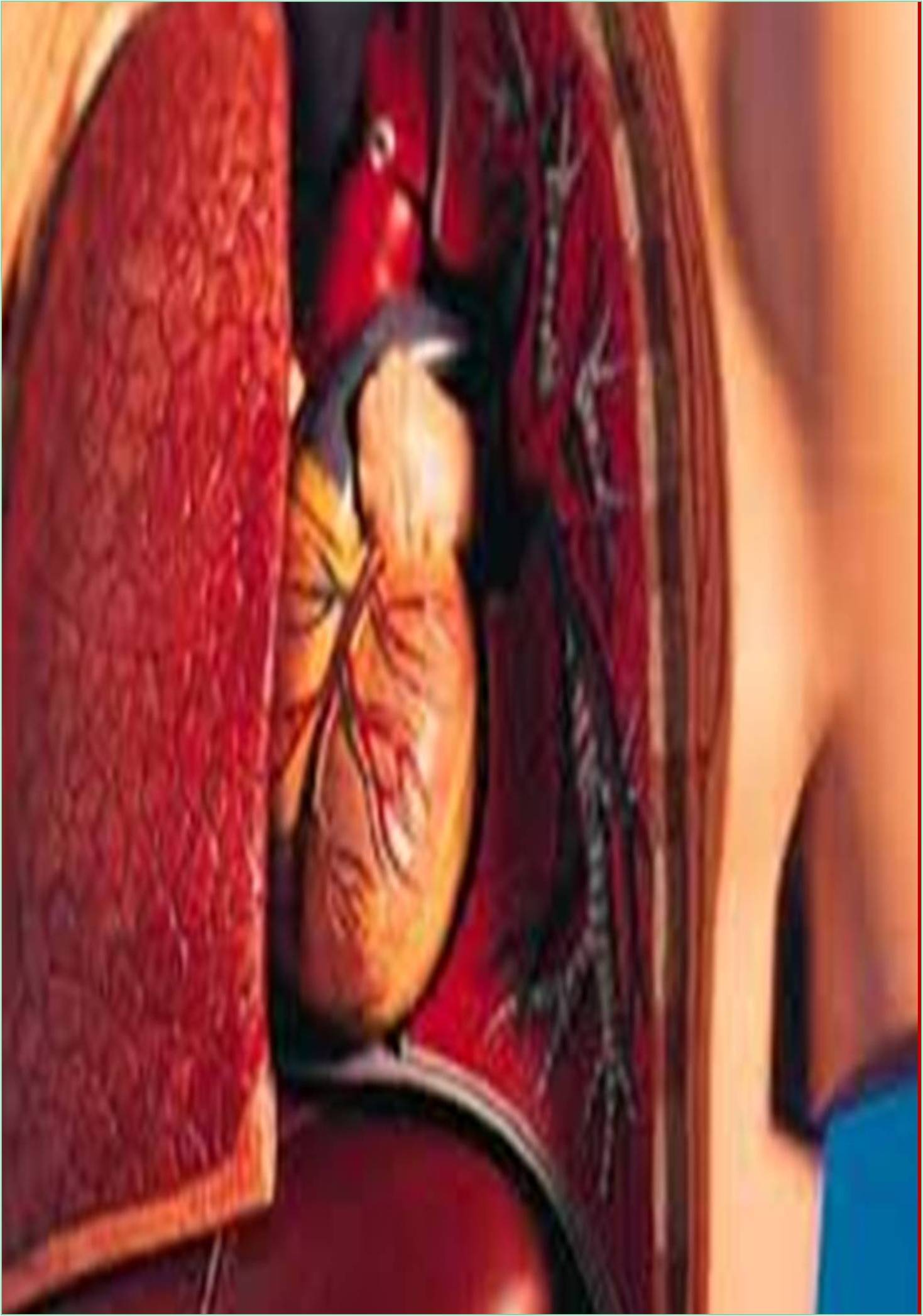



Received: 28-Nov-2022, Manuscript No. GJGC-22-83785; Editor assigned: 30-Nov-2022, Pre QC No. GJGC-22-83785 (PQ); Reviewed: 14-Dec-2022, QC No. GJGC-22-83785; Revised: 21-Dec-2022, Manuscript No. GJGC-22-83785 (R); Published: 28-Dec-2022, DOI: 10.15651/GJGC.22.10.012
A cardiac stress test, also known as an exercise stress test, is a diagnostic test used to evaluate how the heart responds to physical stress. It is commonly used to assess patients who are suspected of having Coronary Artery Disease (CAD), which are the most common type of heart disease and the leading cause of death worldwide. The test is used to identify the presence of CAD, which can lead to chest pain, heart attack, and even death if left untreated. It is also used to evaluate the effectiveness of treatments such as angioplasty or stenting in patients who have already been diagnosed with CAD.
The test typically involves having the patient walk on a treadmill or pedals a stationary bike while hooked up to an Electrocardiogram (ECG) machine. The test begins with a low level of exercise and gradually increases in intensity, allowing the doctor to monitor the patient's heart rate, blood pressure, and ECG readings as the patient becomes more physically exertive. The test is usually stopped if the patient experiences symptoms such as chest pain, shortness of breath, or abnormal ECG readings. There are several types of cardiac stress tests, including:
Exercise Stress Test
This is the most common type of stress test and involves the patient walking or biking on a treadmill or stationary bike. It is used to evaluate the heart's response to physical stress and to identify the presence of CAD.
Nuclear Stress Test
This test uses a small amount of radioactive dye and a special camera to produce detailed images of the blood flow to the heart muscle. It is used to evaluate the blood flow to the heart muscle and to identify areas of the heart that are not receiving enough blood flow.
Stress Echocardiography
This test uses ultrasound to create images of the heart while the patient is exercising. It is used to evaluate the heart's pumping function and to identify areas of the heart that are not receiving enough blood flow.
Stress Treadmill Test
This test is similar to the exercise stress test, but the patient walks on a treadmill while hooked up to an ECG machine. It is used to evaluate the heart's response to physical stress and to identify the presence of CAD.
Myocardial Perfusion Imaging (MPI)
This test uses radioactive tracers and special cameras to produce detailed images of the blood flow to the heart muscle. It is used to evaluate the blood flow to the heart muscle and to identify areas of the heart that are not receiving enough blood flow.
Dobutamine Stress Echocardiography
This test uses a medication called dobutamine to make the heart beat faster and harder, simulating the effects of exercise. It is used to evaluate the heart's pumping function and to identify areas of the heart that are not receiving enough blood flow.
The results of the test can help the doctor determine if the patient has CAD and what treatment options are best suited. If the test results are abnormal, it may indicate that the patient has CAD, and further testing such as a cardiac catheterization or coronary angiography may be recommended to confirm the diagnosis and determine the best course of treatment.
It's important to note that a stress test is not a perfect test and it can have false positive and false negative results, a positive stress test means that the patient has an abnormal response to exercise and needs further testing, however a negative stress test doesn't necessarily mean that the patient doesn't have CAD, that's why the physician should evaluate the patient's symptoms, risk factors, and other test results before making a diagnosis.